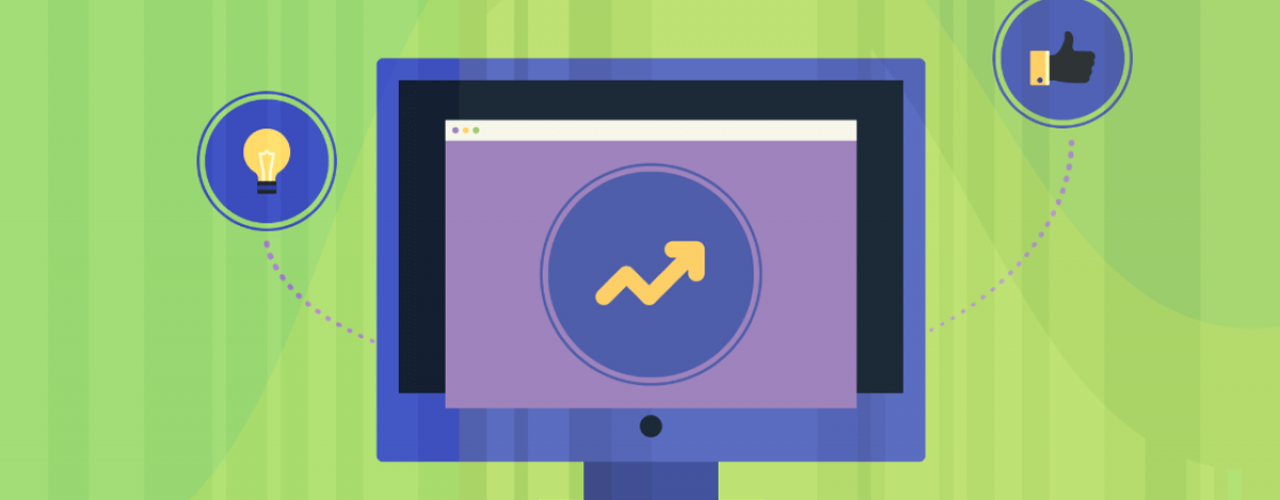Steps or phases of successful web design project
Web design project is complex and can be divided into several phases or steps.
To begin with, it is necessary to define that you are not just a designer - you are the project leader and offer experience and customer support services.
All this is necessary to successfully improve your customers' business and, given the dynamism of the web, new knowledge is needed every day. In practice, 30% of the time spent is education and documentation.
The steps / phases
1. Arrangement
The first step in a web design project is an agreement with a cliend bout the web site: its goals, the purpose of the website, the targeted audience, and other features that the site, whether it's a page or web store, should contain. A web designer is here to make the user's vision - but also to offer some creative and professional insights that will make the website even better than originaly imagined.
2. Budget and deadline
You need to know the client's goals in advance, as this makes it easier to determine the budget. In addition to the contracted amount, it is necessary to arrange the delivery deadline or the time of production. Depending on the number of developers and designers working on the project, pricing and duration of the project are very closely related.
3. User experience
Part of the job is to ensure the best possible user experience for the site. This is closely related to the target audience. You need to put yourself in the end user's role to determine how to meet his needs.
Each website serves the purpose and facilitates this purpose to the fullest extent possible.
4. Design
After introductory arrangements and planning, the design comes in line. The design should be consistent with the business and with the purpose of the web site. When you are satisfied with the design, the design is sent to a client for review.
5. Programming
When the client is satisfied and approves the proposed design, programming starts. This is, as a rule, the most complicated step that requires a good understanding of the technologies used in web site creation.
6. Testing
Once programming is completed, the site needs to be rigorously tested to make sure the site is functional, and then follows the presentation to the client.
7. Going Live
Only when the client is satisfied with everything, the site is set up online.
